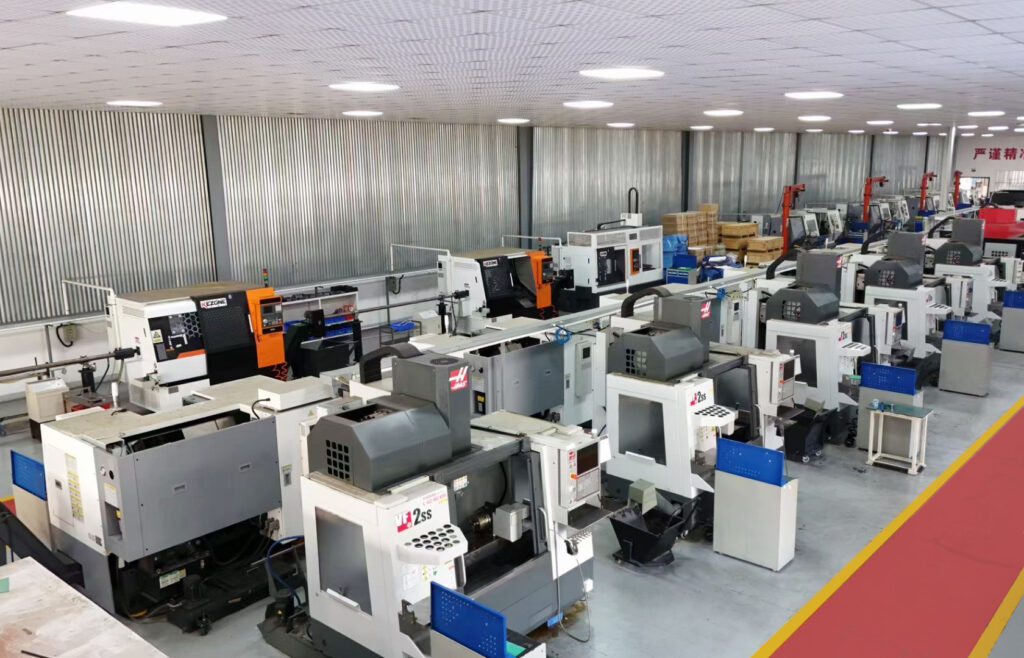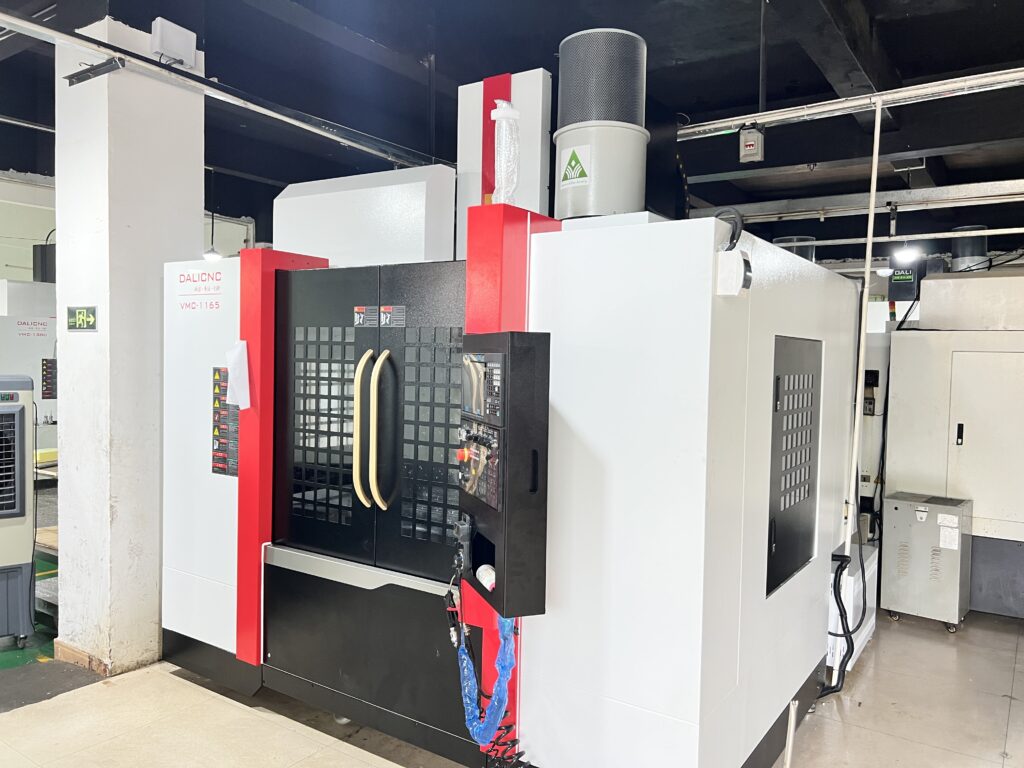
CNC machines are capable of producing numerous products of varying complexity and size. However, there are some limitations on the size of the parts you can produce. There are also limitations caused by size or post-processing operations that can be performed on machined parts. It is important for designers and engineers to understand these limitations in order to design accordingly. Some of the dimensional limitations in CNC machining are as follows.

1. The maximum size that a CNC milling machine can produce depends on the working range of the machine tool
The working range of a CNC machine tool is the total area that the CNC machine tool can cover moving on the X, Y and Z axes. A machine’s operating envelope determines its travel limits, which in turn determines the maximum part size it can produce.

Leadpoint Technology (HK) Co.,Limited partners include CNC machining centers with Z-travel limits of up to 1625.6 mm (64 inches) X 812.8 mm (32 inches) Y 965.2 mm (38 inches). Note, however, that the travel limits of a CNC machine do not necessarily specify precise maximum part dimensions, as these dimensions also depend on the tooling required. The maximum part size may be smaller than the travel limit. For example, deep features that take a long time to machine can reduce the effective working range of the machine. A Z travel of 965.2 mm (38 inches) does not translate to a part height or depth of 965.2 mm (38 inches): Depending on the part size and the features in the Z dimension, the Z height of the part needs to be less than 965.2 mm (38 inches) to leave Clear tool clearance.